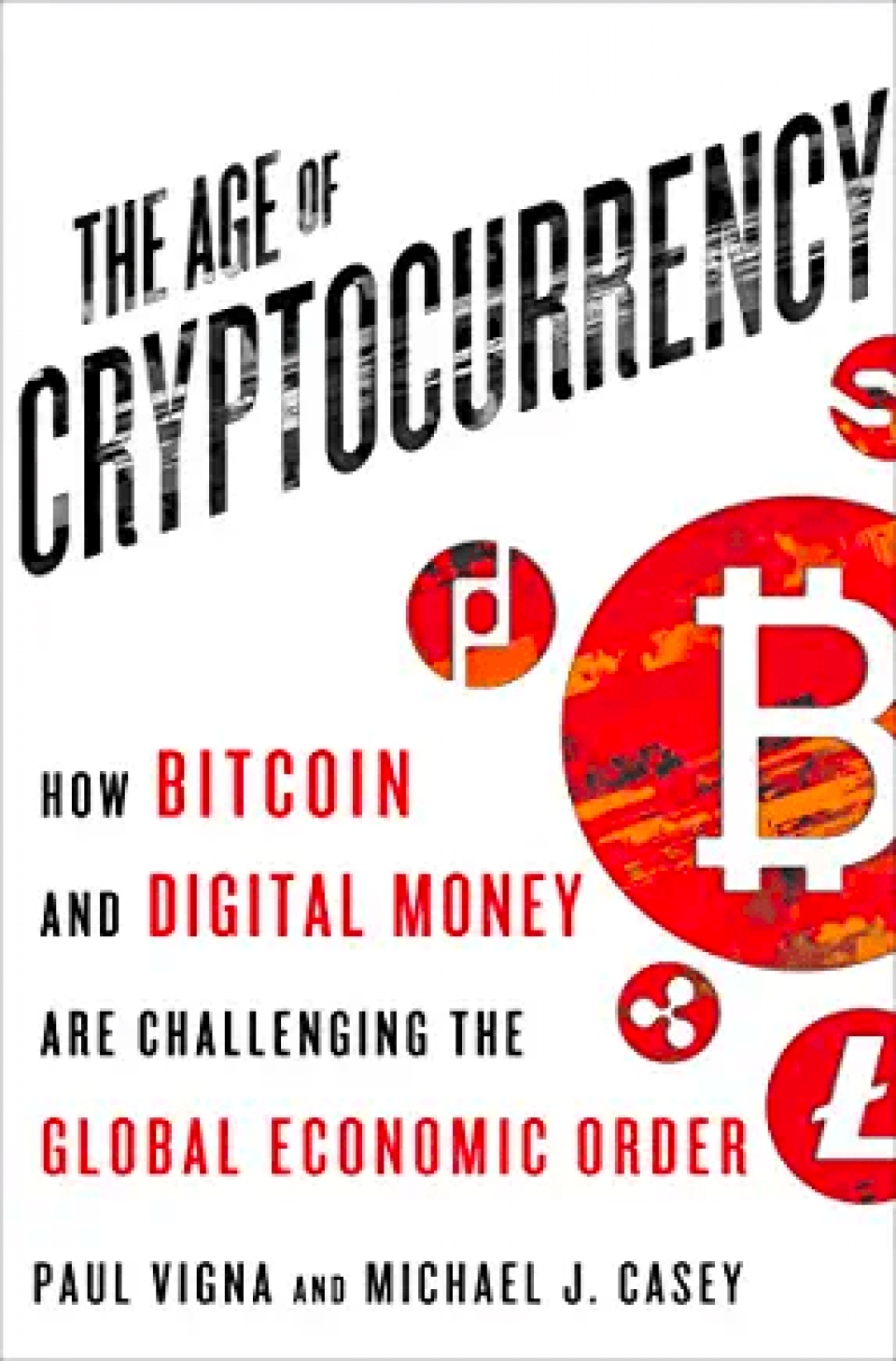
One
FROM BABYLON TO BITCOIN
The eye has never seen, nor the hand touched a dollar.
—Alfred Mitchell Innes
For any currency to be viable, be it a decentralized cryptocurrency issued
by a computer program or a traditional “fiat” currency issued by a
government, it must win the trust of the community using it. For
cryptocurrency advocates, as we’ll learn in the chapters ahead, the whole
point is to offer an alternative model for that trust. They tout a system of
payments in which the payee no longer has to trust “third-party” institutions
such as banks or governments to assure that the payer can deliver the
agreed-upon funds. Instead, cryptocurrency systems imbue trust in an
inviolable, decentralized computer program that is, in theory, incapable of
defrauding people. None of this, however, gets cryptocurrencies off the
hook. They, too, must win people’s trust if they are to become relevant.
Trust is at the core of any system of money. For it to work, people must
feel confident that a currency will be held in the right esteem by others. So
before we get into bitcoin’s dramatic arrival on the scene and its bid to
change the way we think about such things, we need to explore that notion
of trust in more depth as it has evolved through history. This chapter will
takes us on a journey through the evolution of money, one of society’s most
remarkable yet poorly understood inventions.
Let’s start with some basic questions. What is money? What does it
represent? How did society come to develop such a system for exchanging
goods and measuring their value? As is the case in any field of study,
figuring out how something functions is often best approached by
examining cases where the system hasn’t worked.
One contemporary example of failure is in Zimbabwe, whose defunct
multibillion-denominated notes now sit on the desks of financial reporters
and currency traders as reminders of how unhinged things can become with
money. But the strongest lesson Western societies have learned comes from
farther back: the 1920s Weimar Republic. The German government then,
unwilling to court military conflict with its European neighbors but also
reluctant to upset the public by raising taxes, instead printed money to cover
its debts and sent the German mark into an uncontrollable downward spiral.
As inflation soared beyond anything anyone could imagine, children would
arrange stacks of worthless 50-million-mark notes into playhouses. The
greatest caution from all this comes from the knowledge that this monetary
and governmental chaos opened a door to Adolf Hitler.
Germany was eventually converted into a functioning, generally peace-
loving nation, showing that it’s possible for democratic societies to restore
order after a bout of financial and political chaos. The same goes for Brazil,
which, through tough monetary-policy reforms, put the 30,000-plus percent
inflation rates and the dictatorship of the 1980s behind it. But some places
live with monetary dysfunction almost permanently, and for this they pay a
formidable price. We learn from their experience that the core problem is
not irresponsible policy decisions by money-printing central banks, though
this is the mechanism through which hyperinflation is created. Rather, the
problem stems from a deep-seated breakdown of trust between the people
who use a currency and the monetary authority that issues it. Since those
monetary authorities are ordinarily national governments, this breakdown
reflects a society’s flawed relationship with its government. It’s an




